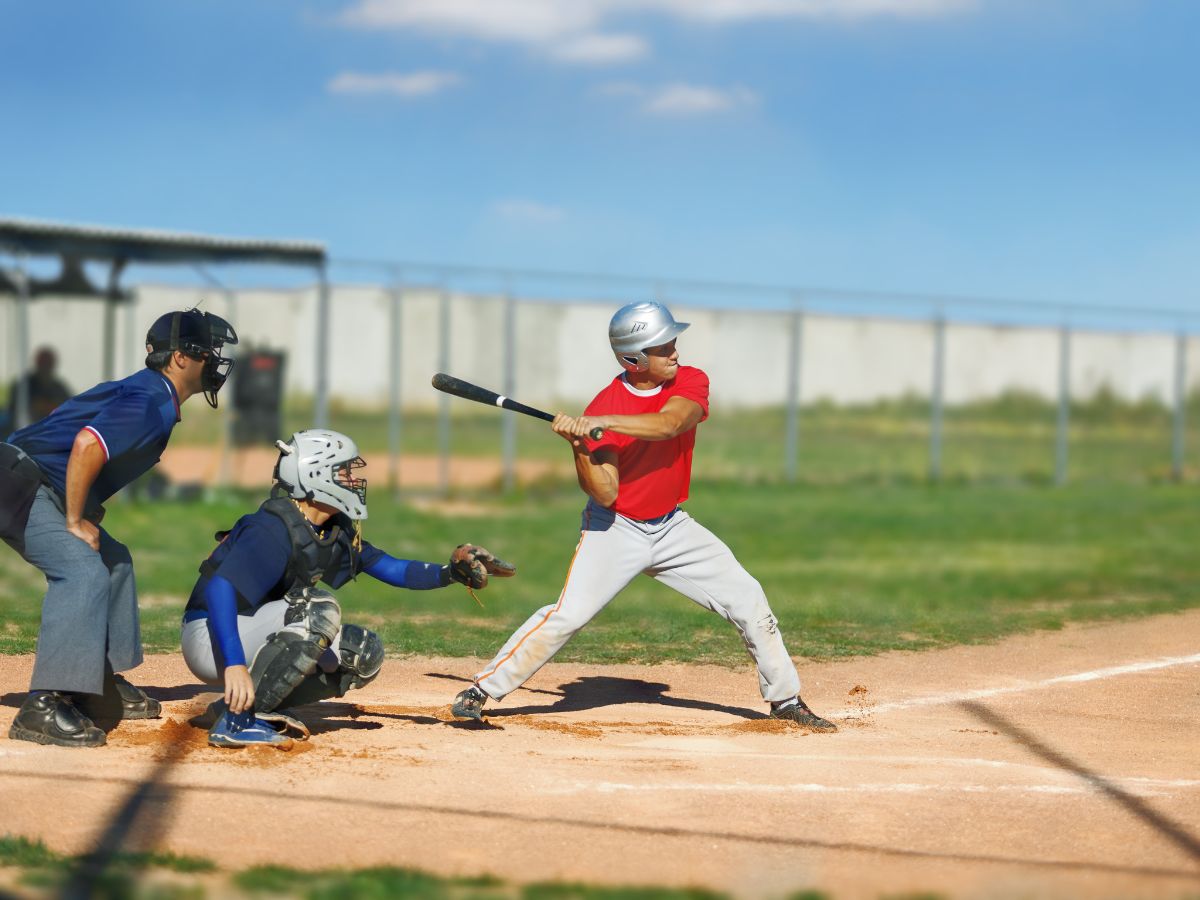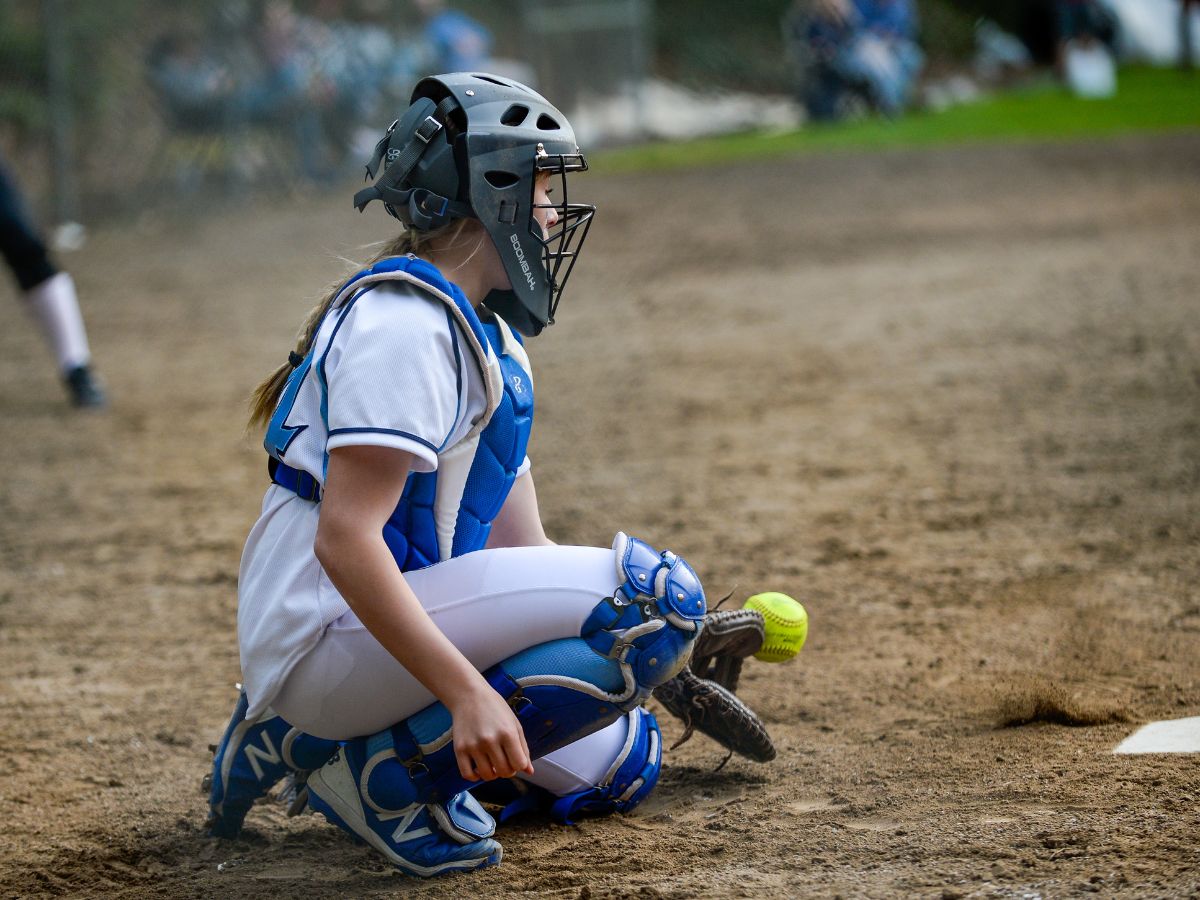Catching is not necessarily bad for your knees, but it can potentially cause injury if done incorrectly or excessively. It is important to understand proper technique and avoid overexertion to minimize the risk of knee-related problems.
Engaging in catching activities such as sports or recreational activities can be enjoyable and beneficial for overall fitness. However, it is essential to approach these activities with caution and awareness of the potential strain they can put on your knees.

This article will explore the effects of catching on knee health, providing insights into the factors that can contribute to knee injuries and offering tips on how to prevent them. By understanding the potential risks and adopting proper techniques, you can continue catching activities while safeguarding the long-term health of your knees.
Contents Inside
Catching: A Fundamental Skill In Sports
Catching is a fundamental skill in various sports, such as baseball, football, and more. Its importance cannot be overlooked. However, there has been a concern about the impact catching might have on knee health. It is crucial to understand how catching affects knee performance and why it matters.
Improper catching technique can surprisingly lead to adverse consequences. The knees endure significant stress during the catching process, which can result in injuries if not executed correctly. Athletes need to develop proper form and techniques to reduce the risk of knee-related issues.
By focusing on improving catching techniques and providing the necessary support, players can mitigate the potential negative effects on their knees, ensuring long-lasting performances on the field. So, while catching is vital in sports, it’s essential to prioritize knee health to maintain peak performance.
Examining The Effects Of Catching On Knee Health
Catching in sports can potentially lead to knee injuries. Common knee injuries associated with catching include strains, sprains, and tears in the ligaments, tendons, and cartilage. These injuries can cause pain, swelling, and limited mobility. Furthermore, the long-term effects on knee joints can be significant, with the potential for chronic pain and early onset of arthritis.
Understanding the mechanics of the knee during catching is crucial for preventing injuries. The knee joint is subjected to intense forces and twisting motions when catching, which can put stress on the ligaments and structures supporting the knee. Taking proper precautions, such as wearing protective gear and strengthening the surrounding muscles, can help minimize the risk of knee injuries during catching activities.

It is important to prioritize knee health to ensure long-term athletic performance and overall well-being.
Debunking Myths: Is Catching Really Bad For Your Knees?
Debunking the misconception surrounding knee health in catchers, let’s explore the truth backed by scientific evidence. Numerous studies have aimed to understand if catching is really detrimental to the knees. Factors contributing to knee injuries in catchers have been thoroughly investigated.
Contrary to popular belief, these studies have revealed that catching alone does not inherently lead to knee problems. Instead, it is a combination of various factors, such as improper form, excessive strain, and inadequate conditioning, that may increase the risk of knee injuries.
It is crucial for catchers to focus on proper technique, strength training, and flexibility exercises to maintain their knee health. By addressing these aspects, catchers can enjoy their position on the field without undue concern for their knees.
Preventive Measures And Proper Techniques For Protecting Your Knees
Catching in sports such as baseball or softball can potentially put strain on your knees. To prevent injury, it’s important to implement preventive measures and practice proper techniques. Strengthening exercises targeted at knee stability can be beneficial in keeping your knees safe.
These exercises should focus on building strength in the surrounding muscles, such as the quadriceps and hamstrings. Additionally, understanding correct catching positions and movements is crucial. This includes techniques like bending your knees and flexing your hips to absorb impact.
Moreover, wearing appropriate protective gear, such as knee pads, can provide an extra layer of defense for catchers. By taking these preventive measures and utilizing proper techniques, you can protect your knees while enjoying the game.
Rehabilitation And Recovery For Catchers With Knee Injuries
Catching is a demanding position in baseball that puts significant strain on the knees. Diagnosing knee injuries in catchers can help determine the appropriate treatment. Common knee injuries in catchers may include ligament sprains, meniscal tears, and patellar tendonitis. Treatments may involve rest, ice, compression, and elevation, along with physical therapy exercises and targeted stretching.
Rehabilitation protocols aim to restore knee strength and mobility through progressive exercises and functional movements. The recovery process may vary depending on the severity of the injury and the individual’s response to treatment. It is important for catchers with knee injuries to receive proper diagnosis and follow a personalized rehabilitation plan to optimize recovery and minimize the risk of future issues.
Proper management and rehabilitation can help catchers regain their performance and protect their knee health in the long term.
Keeping Your Knees Healthy: Tips For All Athletes
Catching during sports activities seems harmless, but have you ever considered its impact on your knees? To keep your knees healthy, start with proper warm-up and stretching routines. Engaging in conditioning exercises is crucial for overall knee health—strengthening the muscles around the knees helps reduce strain.
Additionally, it’s essential to recognize warning signs such as persistent pain or swelling and seek professional advice promptly. Ignoring these indicators may lead to long-term damage. Remember, taking care of your knees is vital for athletes of all kinds. Avoid potential knee problems by being proactive and prioritizing exercises and precautions that maintain their health.
Conclusion: Prioritizing Knee Health For Successful Catching
Understanding the impact of catching on knee health is crucial for successful athletes. Balancing the love for the game with injury prevention is essential. Empowering athletes to protect their knees while excelling in their sport is a top priority. By prioritizing knee health, athletes can avoid potential long-term issues.
It’s important to be aware of the strain that catching can put on the knees and take necessary precautions to minimize the risk of injury. Strengthening the muscles around the knees and maintaining proper technique can help reduce the impact.

By staying proactive and informed, athletes can enjoy the game they love while also safeguarding their knee health for the long term.
Frequently Asked Questions On Is Catching Bad For Your Knees
Is Catching Bad For Your Knees?
Catching can put strain on your knees, but it is generally not bad for them as long as you use proper technique and equipment. However, repeated stress and improper form can lead to knee injuries. Make sure to warm up, use protective gear, and seek medical attention if you experience pain or discomfort.
How Can I Prevent Knee Injuries While Catching?
To prevent knee injuries while catching, it’s important to strengthen the muscles around your knees through exercises like squats and lunges. Additionally, ensure that you have proper equipment that fits well and provides support. Learning and using proper catching techniques can also help reduce the strain on your knees.
Are Knee Braces Effective In Protecting Against Catching Injuries?
Knee braces can provide some support and stability, but their effectiveness in preventing catching injuries varies from person to person. They may offer additional protection and help prevent further damage if you have a pre-existing knee condition. Consult with a healthcare professional to determine if a knee brace is suitable for you.
What Are The Common Knee Injuries Associated With Catching?
Common knee injuries associated with catching include patellar tendinitis, meniscus tears, and anterior cruciate ligament (ACL) injuries. These can be caused by repetitive stress, sudden movements, or improper technique. It’s essential to listen to your body, take breaks when needed, and seek medical attention if you experience any knee pain or instability.
Conclusion
To sum it up, the impact of catching on your knees is no simple matter. While it is true that repetitive stress and strain from catching can lead to knee problems over time, it is not necessarily the sole cause.
Other factors, such as proper technique, conditioning, and overall strength, also play a significant role in preventing knee injuries. It is essential to listen to your body, pay attention to any signs of discomfort, and seek medical advice if needed.
Remember, prevention is better than cure, so taking steps to protect your knees through stretching, strengthening exercises, and wearing appropriate gear can go a long way. Ultimately, each individual’s experience may vary, and the best course of action should be personalized according to individual needs.
So, stay informed, take care of your knees, and continue to enjoy the sport you love!
